꼭 봐야할 이란의 역사적 건축물 10 Must-See Sites of Iran’s Historical Architecture
10 Must-See Sites of Iran’s Historical Architecture
By Jessica Stewart on February 22, 2017
Bursting with rich history, Iran’s architecture helps weave a tale of the country’s long, Persian culture. Decorative tile work and ingenious feats of engineering are hallmarks of Persian architecture throughout the centuries.
And with twenty UNESCO World Heritage Sites, there is no shortage of monuments to visit. From elaborate mosques to sprawling desert cities, the breadth and variety of historical architecture in Iran is stunning. As such, we’ve whittled down a list of the top 10 historical sites that should top your must-see list when in Iran.
Nasir Al-Mulk Mosque, Shiraz
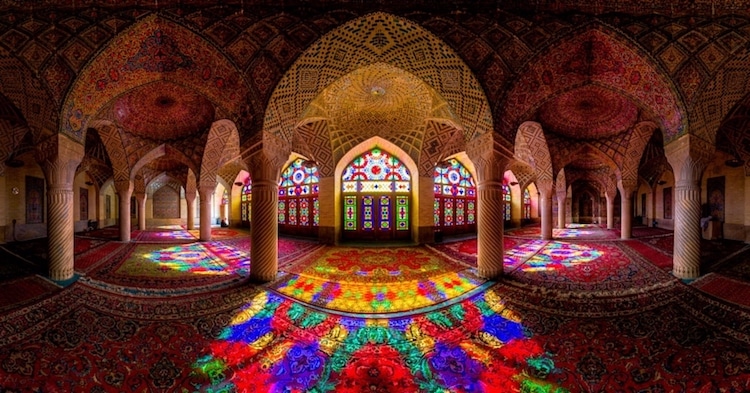
Image via Mohammad Reza Domiri Ganji. READ MORE: Stunning “Pink Mosque” Bathes Early Morning Visitors in a Brilliant Kaleidoscopic Light
This colorful jewel box of a mosque is filled with a kaleidoscope of light each morning. Located in Shiraz, this 19th-century architectural masterpiece is also known for its dazzling tile work, aside from its stained glass windows. In fact, it earned its nickname, Pink Mosque, from the rose colored tiles that dot the interior.
Persepolis, Shiraz

Image via Sunrise Odessy
This ancient city was the ceremonial capital of the Achaemenid Empire and exemplifies the Empire’s architectural style. Archeological remains show evidence of Persepolis dating to 515 BC, with part of the site being cut out of the surrounding mountains. The remaining colossal buildings and relief sculptures are an incredible testament to ancient Iranian architecture.
Shah Cheragh, Shiraz
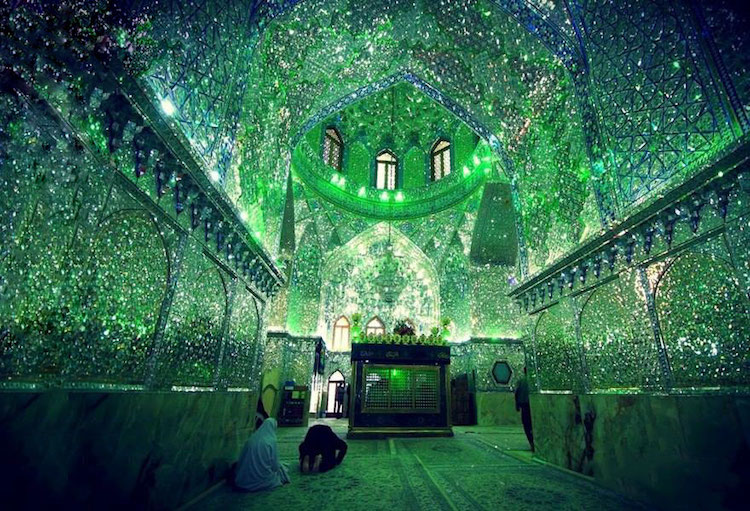
Image via fukenoyu. READ MORE: Modest-Looking Mosque is a Dazzling Dream Inside
What seems like an unsuspecting funerary monument on the exterior is filled with glass tiles that bounce light in every direction. A treasured pilgrimage monument since the 14th-century, the site has undergone continual reconstruction after earthquakes and structural damage. But none of these interventions have diminished the impact one feels when entering into this glittering environment.
Sheikh Lotfollah Mosque, Isfahan
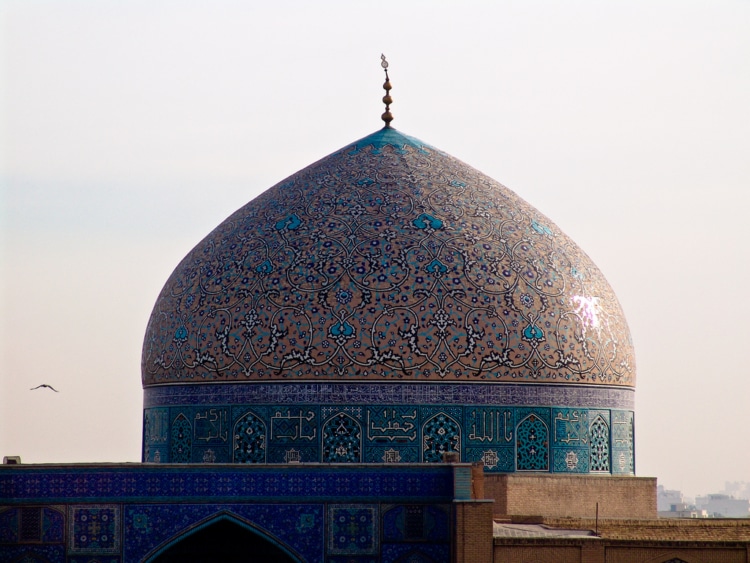
Image via Babak Fakhamzadeh
Dating from the 17th century, this mosque is known as a masterpiece of Safavid Iranian architecture. It owes this reputation to its delicate tilework and intricate corbeling. The entire structure is a study in harmony, with careful attention to proportions to maximize the serene divinity meant to be felt inside.
Sultan Amir Ahmad Bathhouse, Kashan
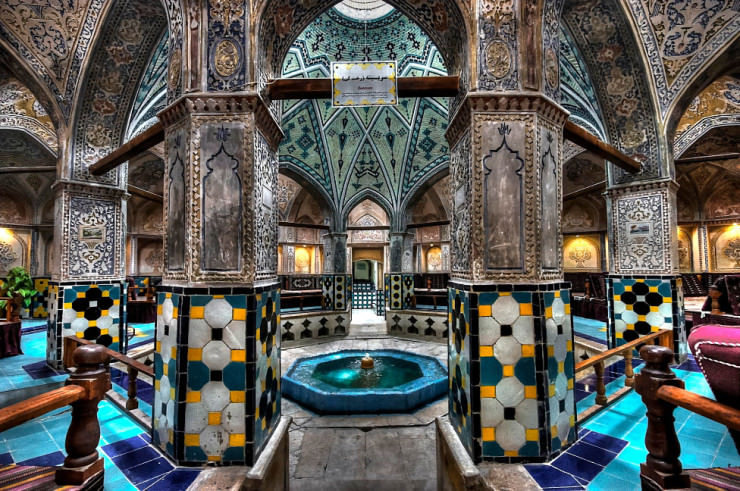
Image via Ali KoRdZaDeh
This traditional, public bathhouse, constructed in the 16th century, gives incredible insight into daily life in ancient Iran. Decorated with turquoise and gold tile work, brickwork, and artistic paintings, the site is composed of a large dressing hall and hot bathing room. Today, the site serves as a museum open to tourists year round.
Eram Garden and Palace, Shiraz
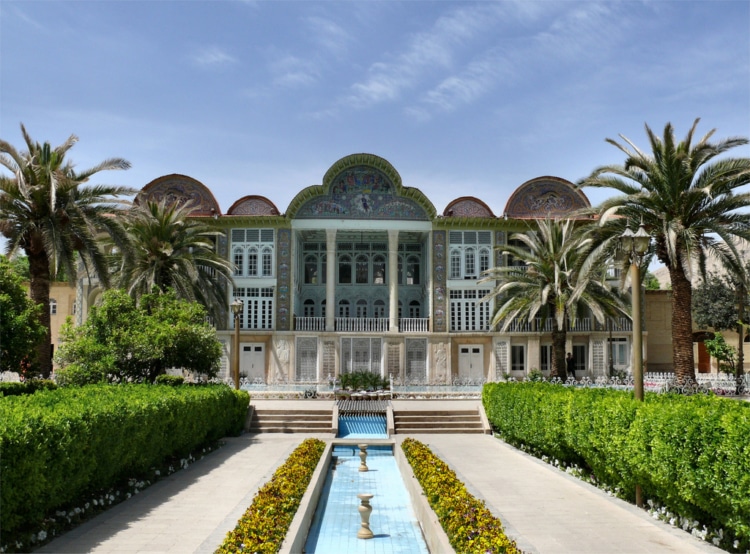
Image via dynamosquito
This tranquil Persian garden and palace was built in the mid-13th century, though the garden was most likely laid out earlier, in the 11th century. Always keeping aesthetic, as well as comfort, in mind, the three-storey building was constructed to allow for maximum airflow on the lower levels. Colorful tile work juxtaposes with the lush gardens, with the entire structure reflected in an ornamental pool.
Bazaar, Yazd
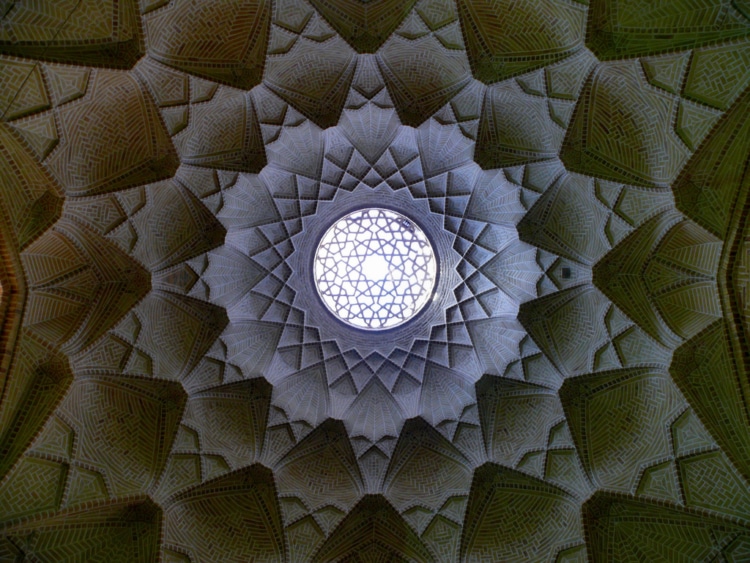
Image via dynamosquito
Years of adaptation to its desert environment has made for unique Persian architecture in the city of Yazd. Its historical center, including the bazaar, is constructed from adobe and includes a unique system of wind catchers for ventilation.
Jameh Mosque, Isfahan'
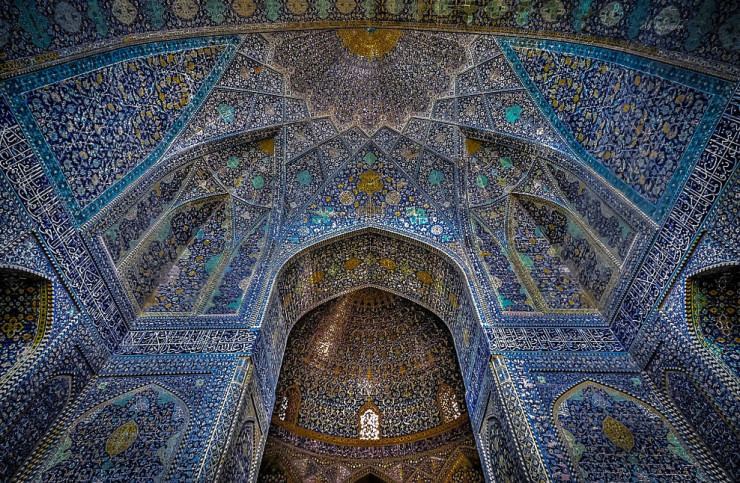
Image via Ali KoRdZaDeh
This magnificent mosque, which is said to be the oldest shrine in Iran, underwent continuous construction from the 7th to 20th centuries. Since 2012 it’s been a UNESCO World Heritage Site and was built in a four-iwan architectural style by placing four gates face to face.
Tower and fort of Bam, Kerman province
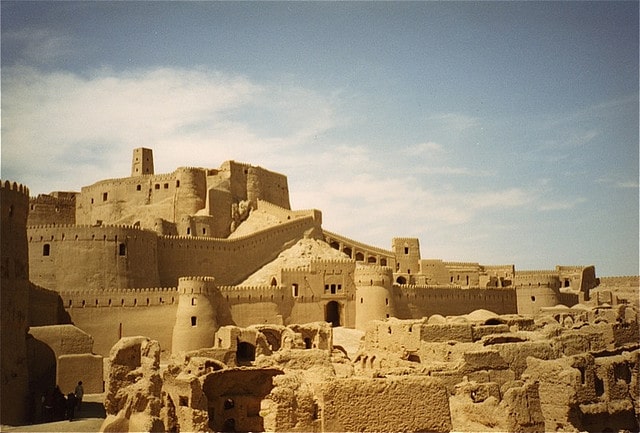
Image via Charlie Philipps
This ancient desert city, located in the southern Kerman province, is another of Iran’s UNESCO World Heritage Sites. Its citadel, the Arg-e Bam, is the largest adobe building in the world and dates to 2,000 years ago during the Parthian Empire. The city was largely abandoned in 1722 after an Afghan invasion but has gradually repopulated, in part due to tourism.
Golestan Palace, Tehran
골레스탄 궁정미술관이란의 수도 테헤란의 아르크 광장에 접한 장미원(Golestan)안쪽에 서있는 글레스탄 궁정 2층 미술관
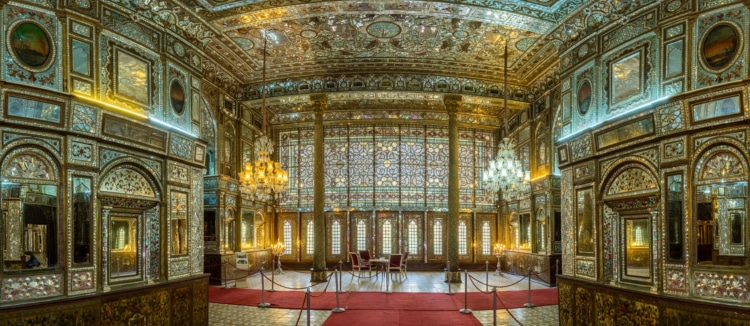
Image via Diego Delso
One of the oldest historical monuments in Tehran, the palace was the former royal complex of the Qajar dynasty. The entire complex consists of gardens, royal buildings, and a collection of Iranian crafts from the 18th and 19th centuries. Unfortunately, many buildings in the complex were destroyed by Reza Shah between 1925 and 1945, as he felt that the old architecture was hindering Iranian modernization
kcontents









